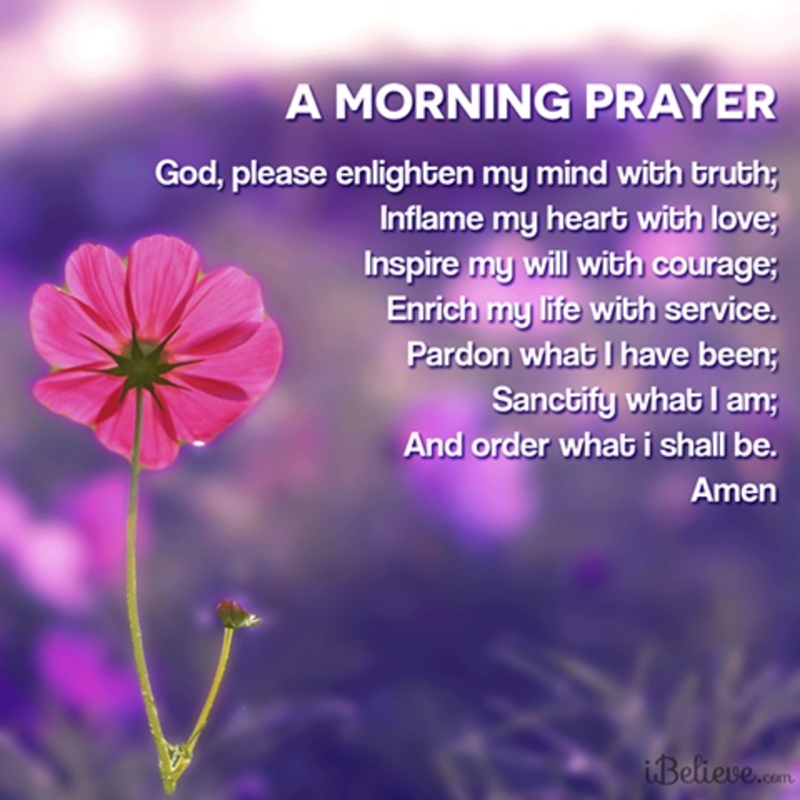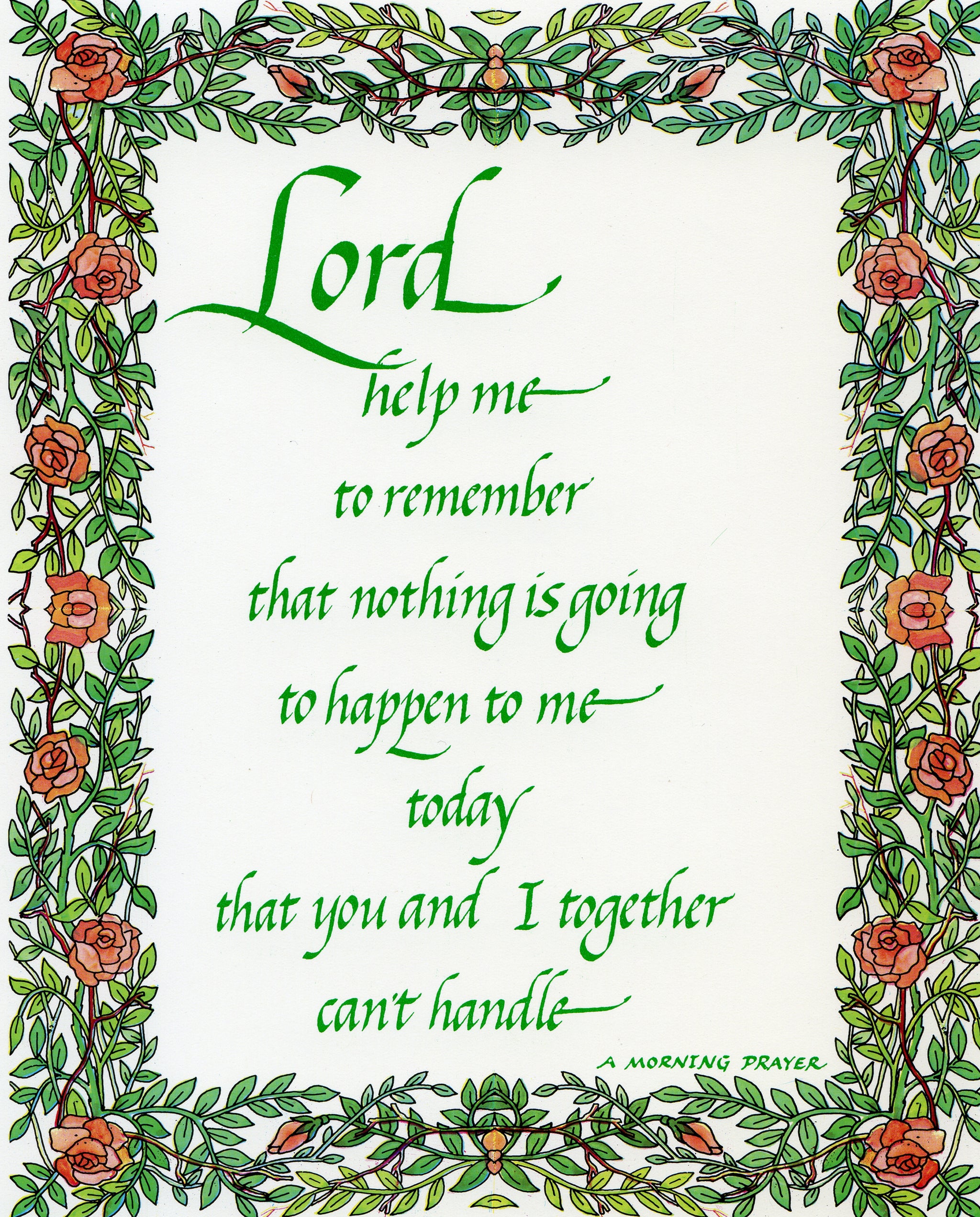

In the Intercessions, those assembled pray for the needs of the Church and the world. At celebrations of particular solemnity, it make be accompanied by incense. It is introduced with an antiphon and the Sign of the Cross and it concludes with a doxology of praise and the repeating of the antiphon. This Canticle is treated with the reverence given to the reading of the Gospel at Mass. Mary sang this song upon meeting her kinswoman Elizabeth, a meeting that took place shortly after Mary assented to God's plan that she bear his Son, Jesus. Gospel CanticleĪt Evening Prayer, those assembled sing or recite the Canticle of Mary, also called the Magnificat after the first word in the Latin text of this prayer. This responsory highlights themes of the reading or the season and concludes with a doxology of praise.

ResponsoryĪ short responsory is sung or recited. This reading may be followed by a period of silence or a brief reflection. The Psalmody is followed by a reading from Sacred Scripture (the Bible). It may be followed by a short prayer highlighting important themes of the Psalm. When the Psalms are chanted, the antiphon gives the tone (or melody) for the singing.Įach Psalm is followed by a brief period of silent reflection. The antiphon calls attention to the spiritual meaning of the Psalm, particularly any meaning especially appropriate to the feast or season. The New Testament canticles come from the earliest days of the Church.Įach Psalm is preceded by an antiphon. In praying the Psalms, the Church follows Jesus' example since he, too, prayed the Psalms (see, for example, Matthew 27:46 and Mark 15:34 which quote Psalm 22 or Luke 23:46 which quotes Psalm 31). The Psalms are an important part of the Church's prayer. At Evening Prayer, the psalmody consists of two psalms (or two parts of a longer psalm) and a canticle (or hymn) taken from the Epistles or the Book of Revelation in the New Testament. Singing or recitation of Psalms follows the hymn. The introduction is followed by a hymn suited to the season or event. The Prayer begins with the Sign of the Cross, a request for God's assistance, and a doxology of praise. The structure of Evening Prayer is as follows: Introductory Verse Many parishes in the United States schedule communal Morning and Evening Prayer on a regular basis.Įvening Prayer gives thanks for the day just past and makes an evening sacrifice of praise to God (see Psalm 141:1). Lay people are encouraged to pray the Liturgy of the Hours as well, especially Morning and Evening Prayer. Their work is organized around this prayer, keeping God always at the center of their days. The other hours are the Office of Readings (a service with a biblical reading and a reading from the Fathers or Church writers or a reading related to a saint which may take place at any time of day), a Daytime Prayer (which may take place at Midmorning, Midday, or Midafternoon), and Night Prayer (said before going to sleep).īishops, priests, deacons, and many men and women in consecrated life pray the Liturgy of the Hours each day. The most important times, called the "hinge hours," are Morning Prayer (which takes place upon rising) and Evening Prayer (which takes place as dusk begins to fall). The Liturgy of the Hours includes several specified times of prayer. Through this prayer, the people of God sanctify the day by continual praise of God and prayers of intercession for the needs of the world. In the Liturgy of the Hours, the Church fulfills Jesus' command to "pray always" (Luke 18:1 see also 1 Thessalonians 5:17). Evening Prayer (also called Vespers) is part of the Liturgy of the Hours, also known as the Divine Office.


 0 kommentar(er)
0 kommentar(er)
